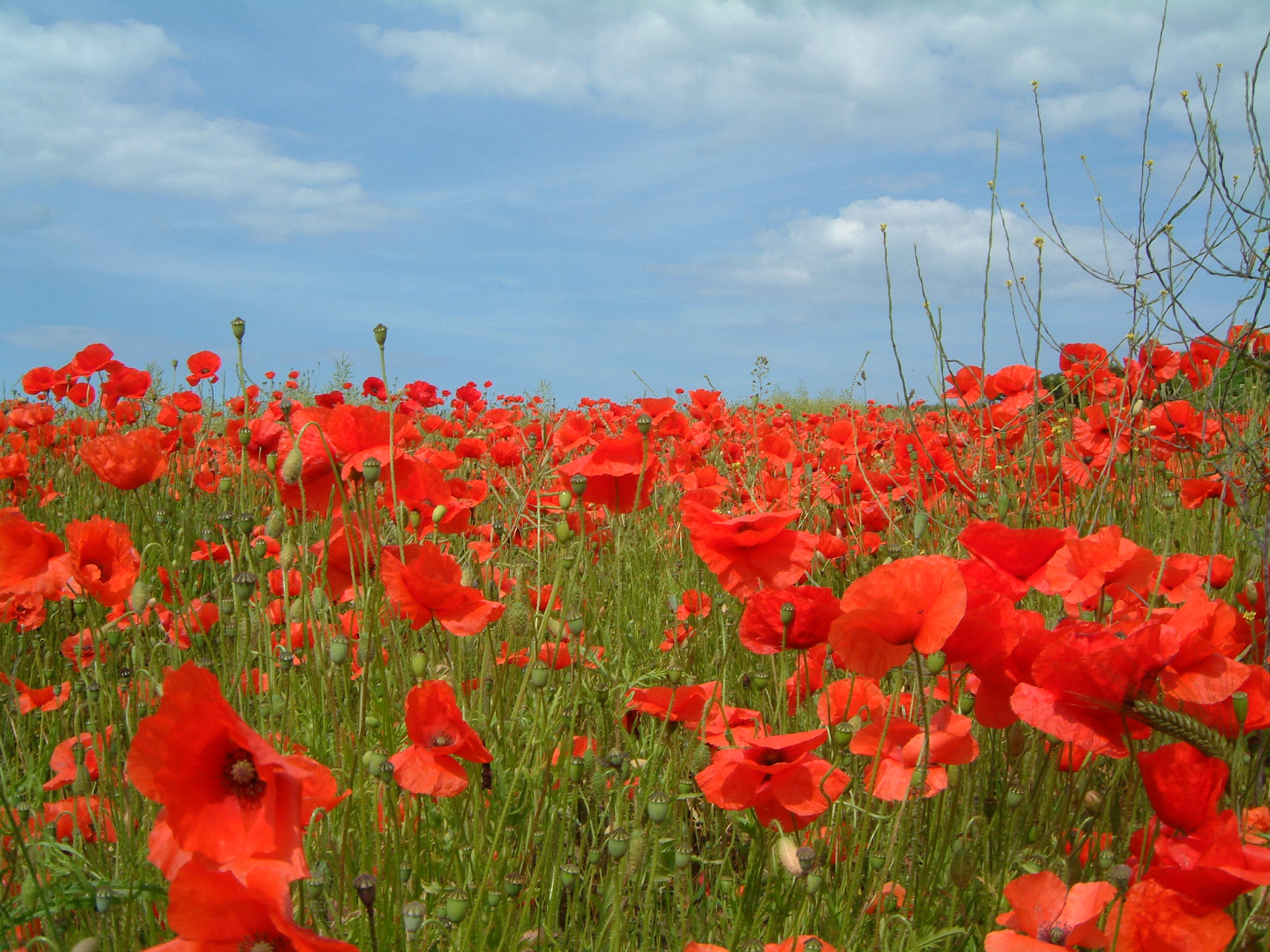Low-Flammability Landscape Plants
Hot off the press is a fact sheet with efforts of a combined team of Colorado State University Extension- and Colorado Forest Service. The Low-Flammability Landscape Plants Fact Sheet 6.305 is part of a Wildlife Mitigation Series, Landscaping and Planting. To begin to understand how to help mitigate a fire to the home, this fact sheet gives you the basics of plant characteristics that create high-flammability in plants or low-flammability. Keep in mind that there are no fully fireproof plants. Low-flammability plants placed in the appropriate zone can help mitigate a fire around the home.
The low-flammability fact sheet covers plants in zones 1 at 0-5 feet and 2 at 5-30 feet. There is also a zone 3 at 30-100 feet which is found in the Fire-Resistant Landscaping Fact Sheet. These zones are called defensible spaces. Defensible space is about increasing space, both horizontal and vertical between plants and reducing plant volume. As a homeowner, if you need a defensible space plan for your property, please contact the Colorado State Forest Service field office or your local CSU Extension office nearest you for advice.
We created this fact sheet with the highest degree of protection for structures. The recommendations on the plant list in the Low-Flammability Plants were based on the methodology developed by Idaho Firewise in Boise, Idaho. Plants are ranked on the scale from 0-10. Zero is the most flammable and 10 is least flammable. For zones 1 and 2 which are closer to the house, we recommend only plants rated 8, 9 and 10.
When we talk about flammability, we need to consider plant maintenance which is ongoing for the life of the plant. Proper cultural care is necessary to maintain low-flammability characteristics. Keeping plants hydrated is key. Native stay hydrated with less water and hold onto their hydration.
Here are some examples of what can be included in the landscape with low-flammability
in mind:
Oenothera speciosa is rated an 8
https://extension.colostate.edu/wp-content/uploads/2023/06/PRINT-CSFS_CSU-Ext_Fact-Sheets_LFLP.pdf




No comments:
Post a Comment